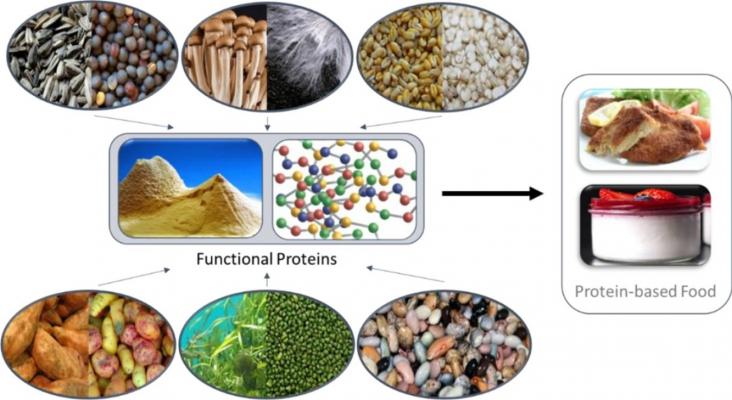This book chapter addresses SDGs 2 and 12 by explaining the technological advances in modern breeding techniques in grain crops. Innovative breeding techniques are covered including speed breeding.
Elsevier,
Polymer Science and Innovative Applications, Materials, Techniques, and Future Developments, 2020, Pages 525-543
This chapter supports SDGs 2, 9 and 12 by discussing the critical role that polymeric materials play in terms of food packaging - increasing responsible consumption and sustainability, supporting transport of food, and reducing food waste. The chapter also highlights the latest developments in bio-based/biodegradable food packaging which offers a more sustainable route than traditional synthetic plastic food packaging.
Advancing SDGs 2, 12 and 15, this chapter contributes to an understanding of the long-term impacts, challenges and benefits of agronomic practices impacts.
This chapter contributes to SDGs 2 and 3 by addressing topics associated with the alleviation of malnutrition in globally diverse populations via wheat and barley biofortification.
Climate change and population growth generates a decrease in water availability around the world which can compromise the maintenance of sustainable agriculture.
This book chapter addresses SDGs 2 and 17 by explaining the past, present and future of food safety.
Improving rice yield potential is crucial for global food security. Taoyuan, China, is famous worldwide as a special ecosite for ultrahigh rice yield.
Nitrous oxide (N2O) is the most important greenhouse gas produced by agricultural soils and is a byproduct of microbial nitrification and denitrification processes.
Improvements in the effectiveness of packaging materials can help to prevent foodborne pathogens and reduce environmental waste.

Driven by current climate discussions, the search for alternatives to animal proteins has been intensified in recent years.
